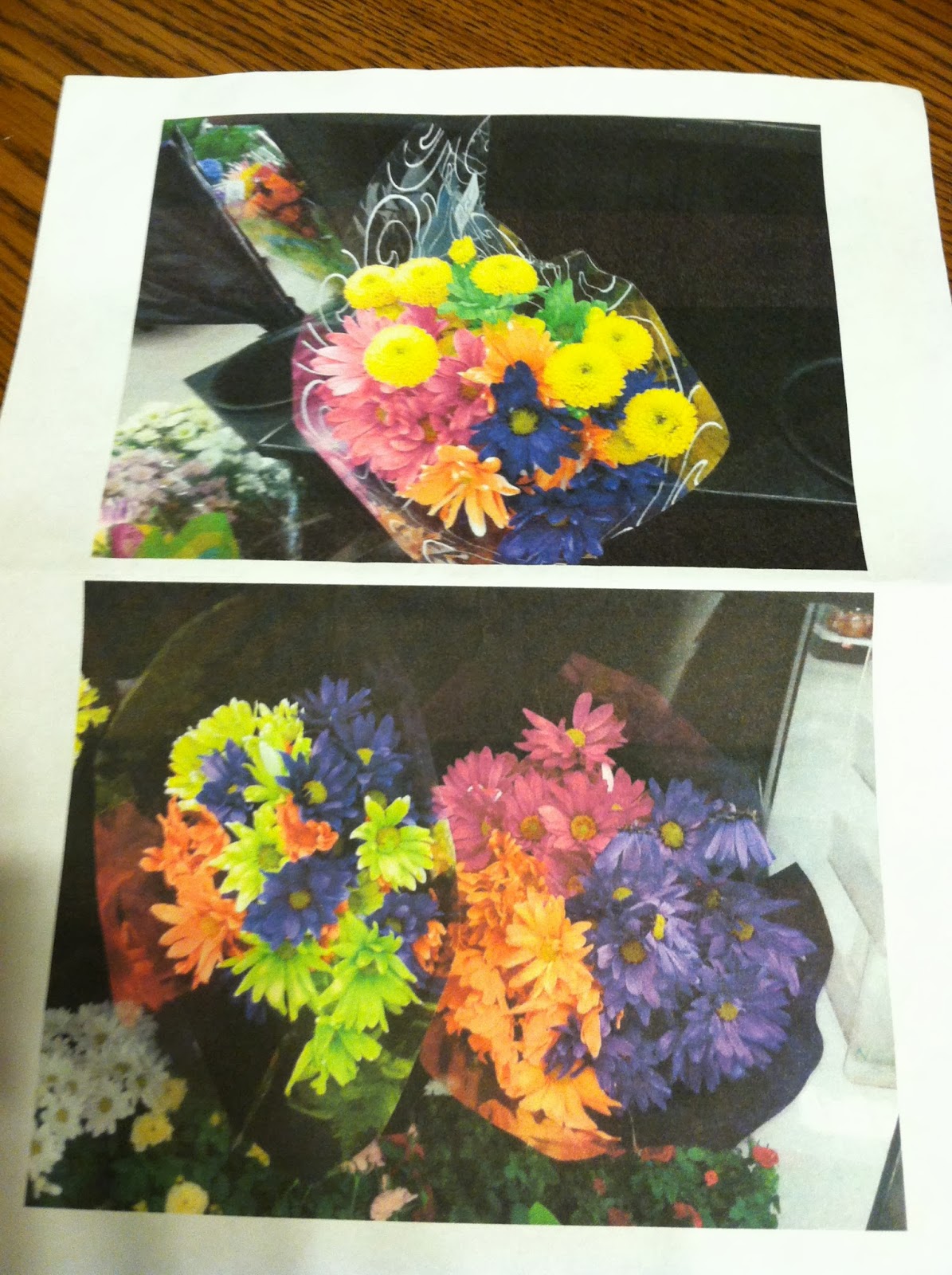Tip Tuesday! - Quilters' Moonshine!
Welcome to
"Tip Tuesday!"
"Tip Tuesday" will be a collection of information about a wide variety of subjects garnered from a large variety of sources. I am not an expert by any means and do not take credit for being the great wizard behind all of these hints and tips. I will gladly give credit where credit is due whenever possible.
These tips will be archived and accessible to you just by clicking on the "Tip Tuesday" tab above.
Read, enjoy, and be inspired!
Quilters' Moonshine
No, It's Tip Tuesday!, Not Tipsy Tuesday!
Have you ever tried to press out that annoying center fold line that most fabrics have when it comes right off the bolt? It's a real pain, isn't it?
Ok, maybe we should have had the pre-washing discussion first, but since we didn't, just follow along and pretend that we did. :-)
As I was saying, that fold is a real pain and no matter how hard I tried, it just didn't press out. I tried using various heat settings on my iron, various spray starches, etc., but I just wasn't satisfied with the results.
Well, for the past year and a half or so, I've been making and using my own homemade spray starch alternative. I call it Quilters' Moonshine. (After reading the ingredients list, you'll understand the name.) I've been very happy with the results, and I use it on my clothing as well as my fabric.
Since I've had some recent requests for the recipe, I decided that this would make a great Tip Tuesday! post. So, here we go.

Quilters' Moonshine
This recipe makes a little over a gallon so be prepared to make it in a bucket or large bowl and then transfer to other containers.
Mix well:
1 gallon of distilled water
1/2 - 3/4 cup liquid starch (I used Sta-Flo)**see note below
1 cup vodka (cheap is fine - and now you know why we call it Moonshine!)
You can add up to 4 teaspoons of your favorite essential oil for a scent, if you'd like. I did not do that. I don't particularly care for scented items because I never know if it will set off my allergies.
**I like to use 3/4 cup of liquid starch because I think it works much better, but many people have told me that they only use 1/2 cup and are happy with the results. The choice is yours. Try it with 1/2 cup first and if you don't feel it's working at the optimal level for you, add the other 1/4 cup.
That's it!
Mix it well and pour into other containers. Since this makes a bunch, you can give it as gifts to your quilting buddies, or keep it all for yourself. Of course you could also cut the recipe in half and just make less, but what fun is that?

















